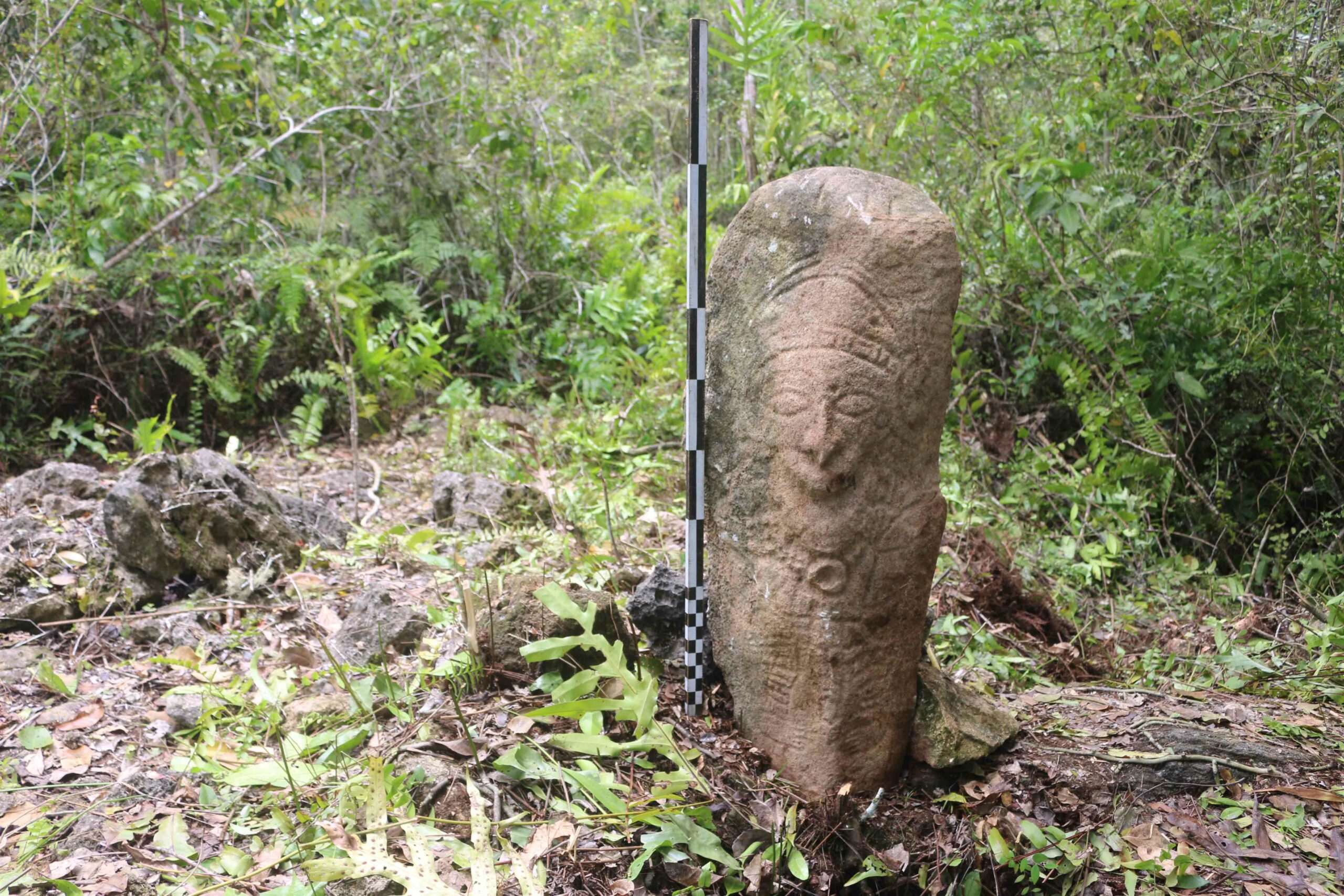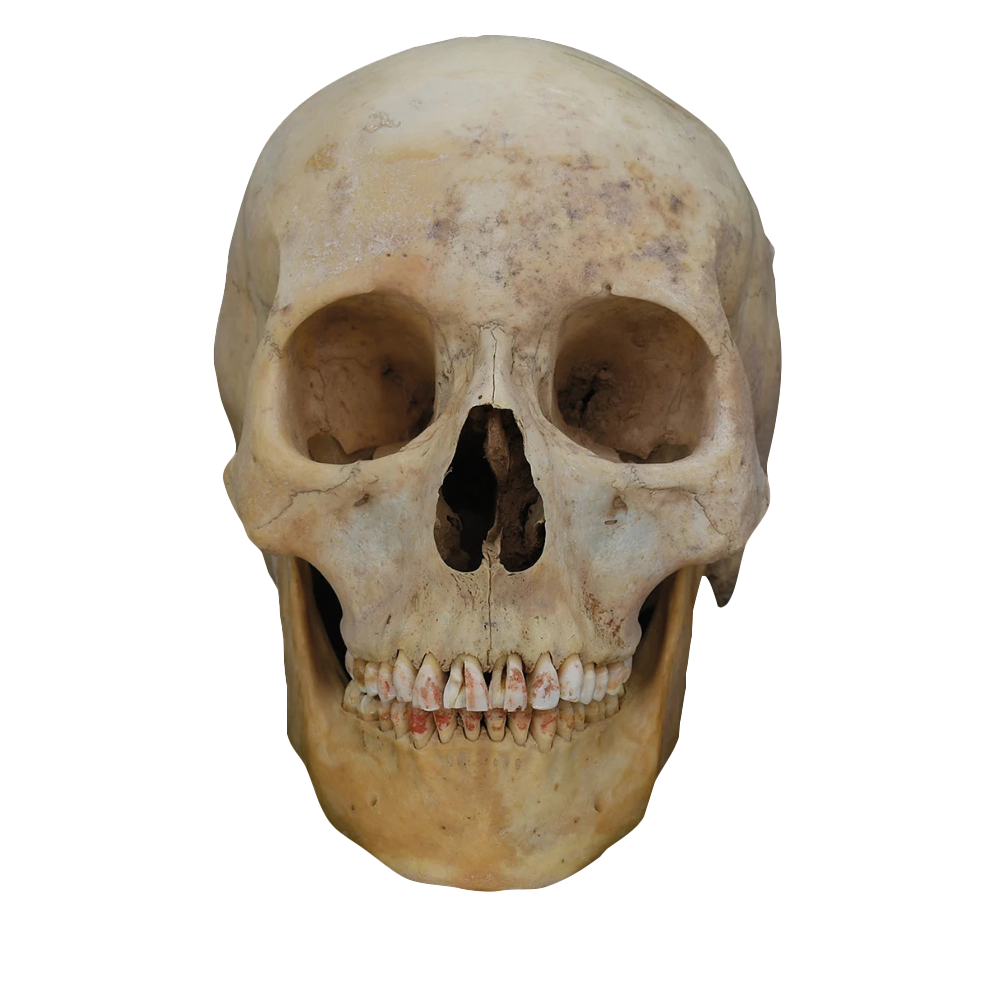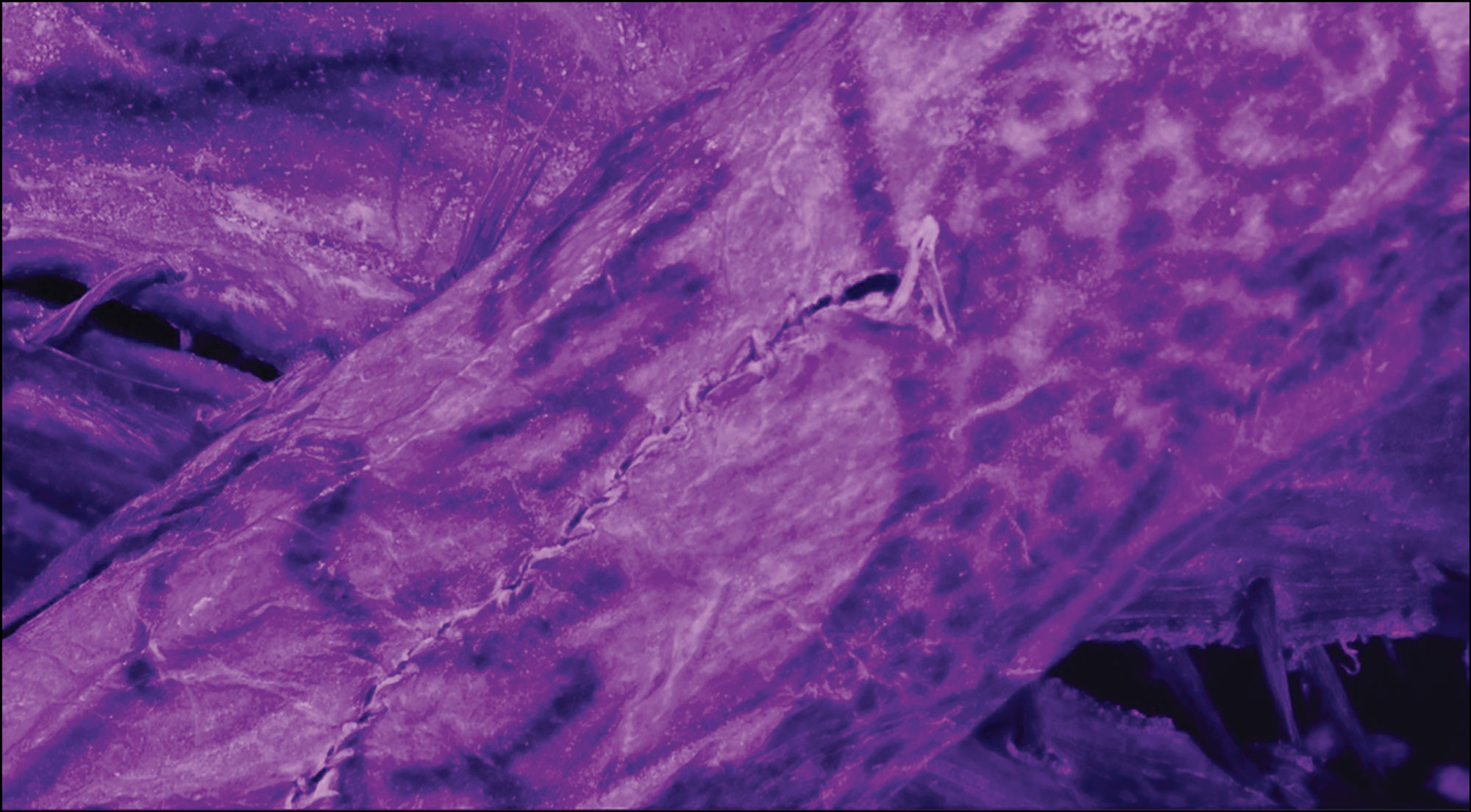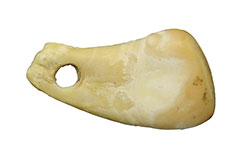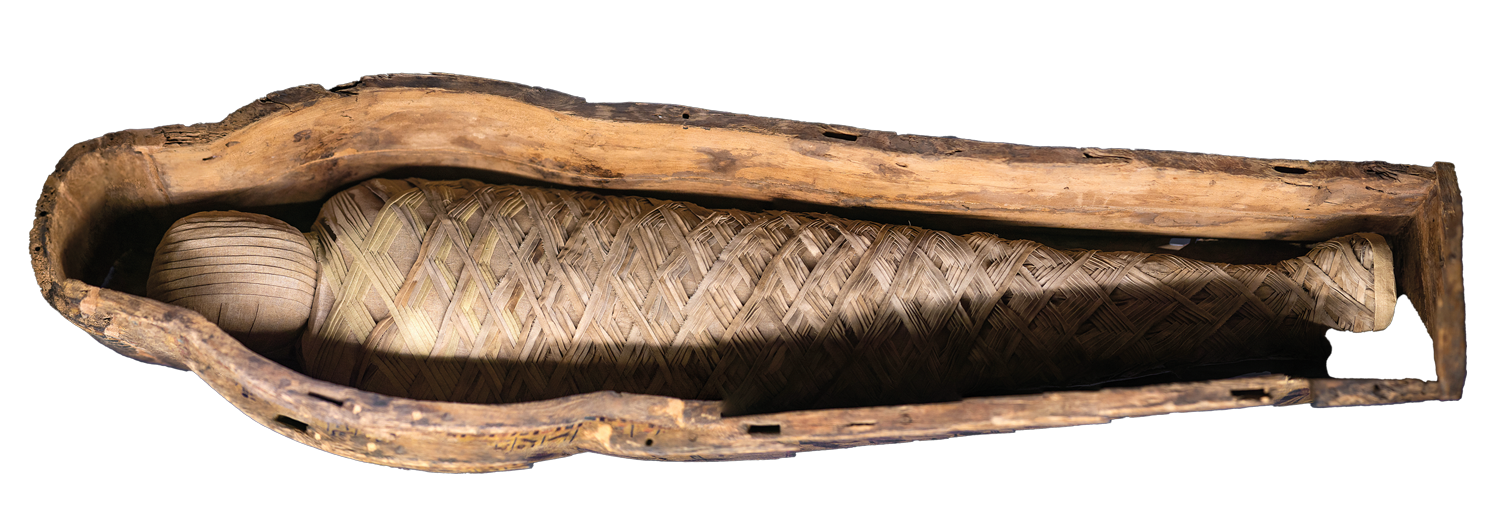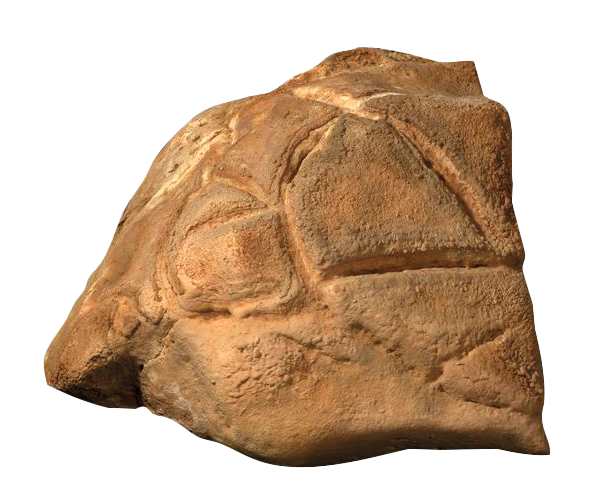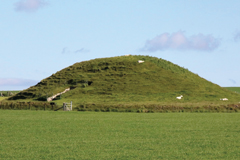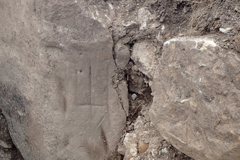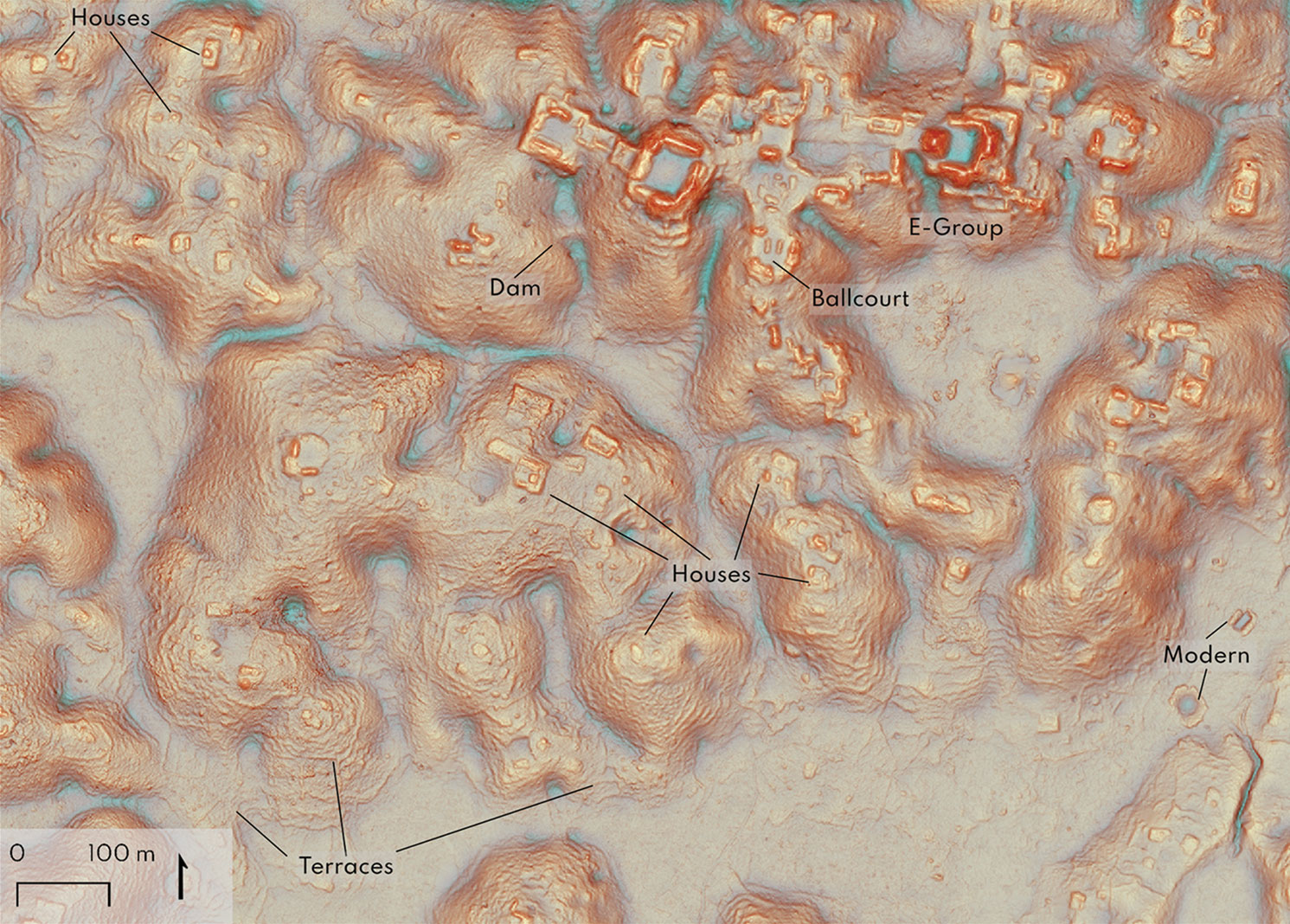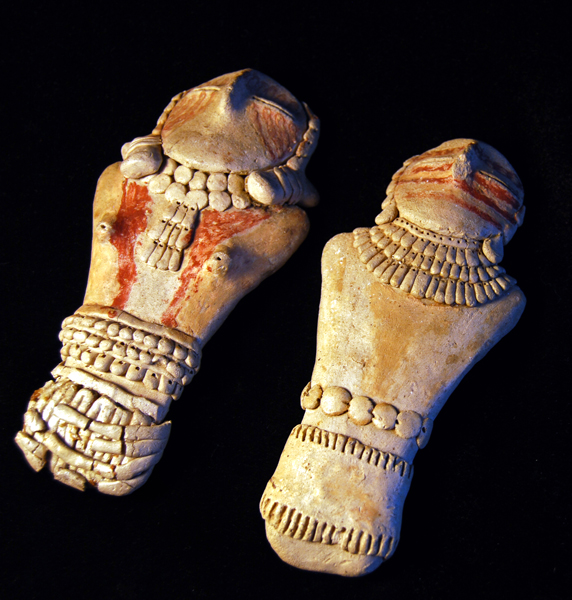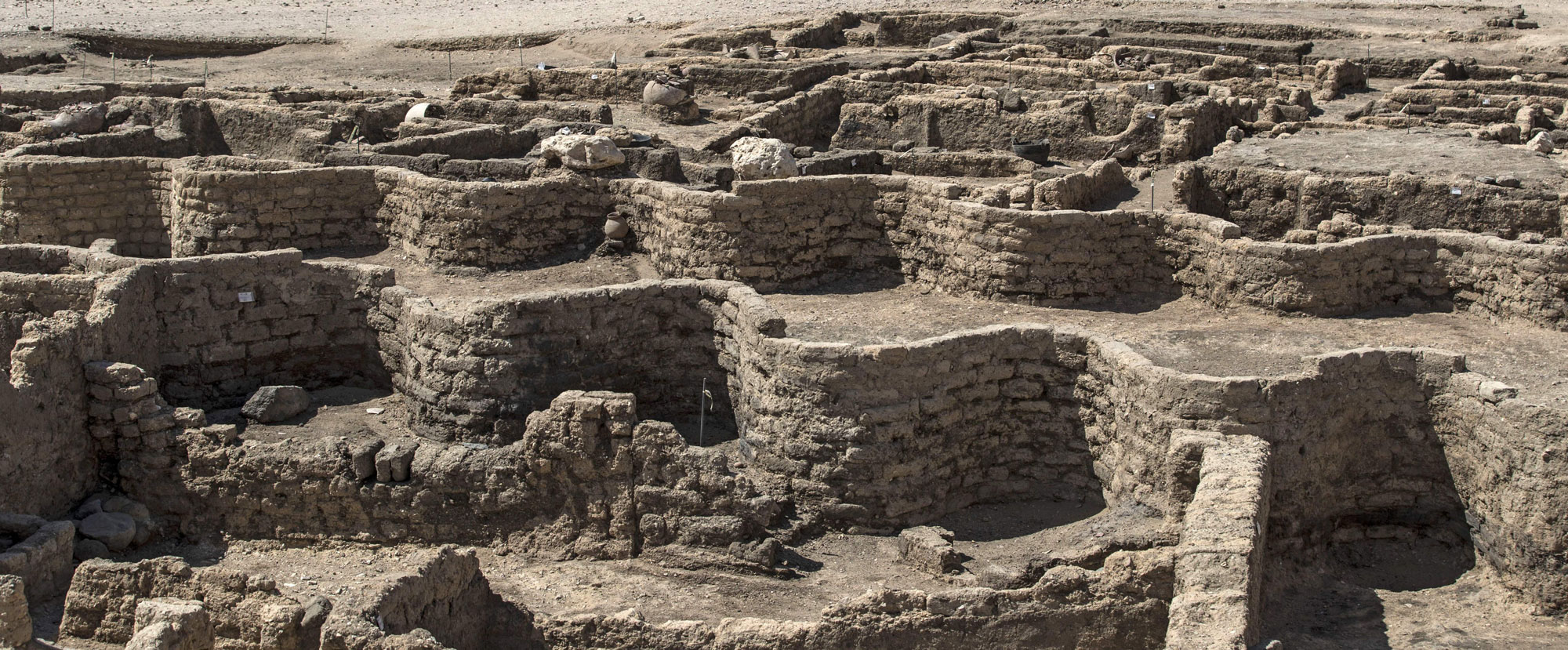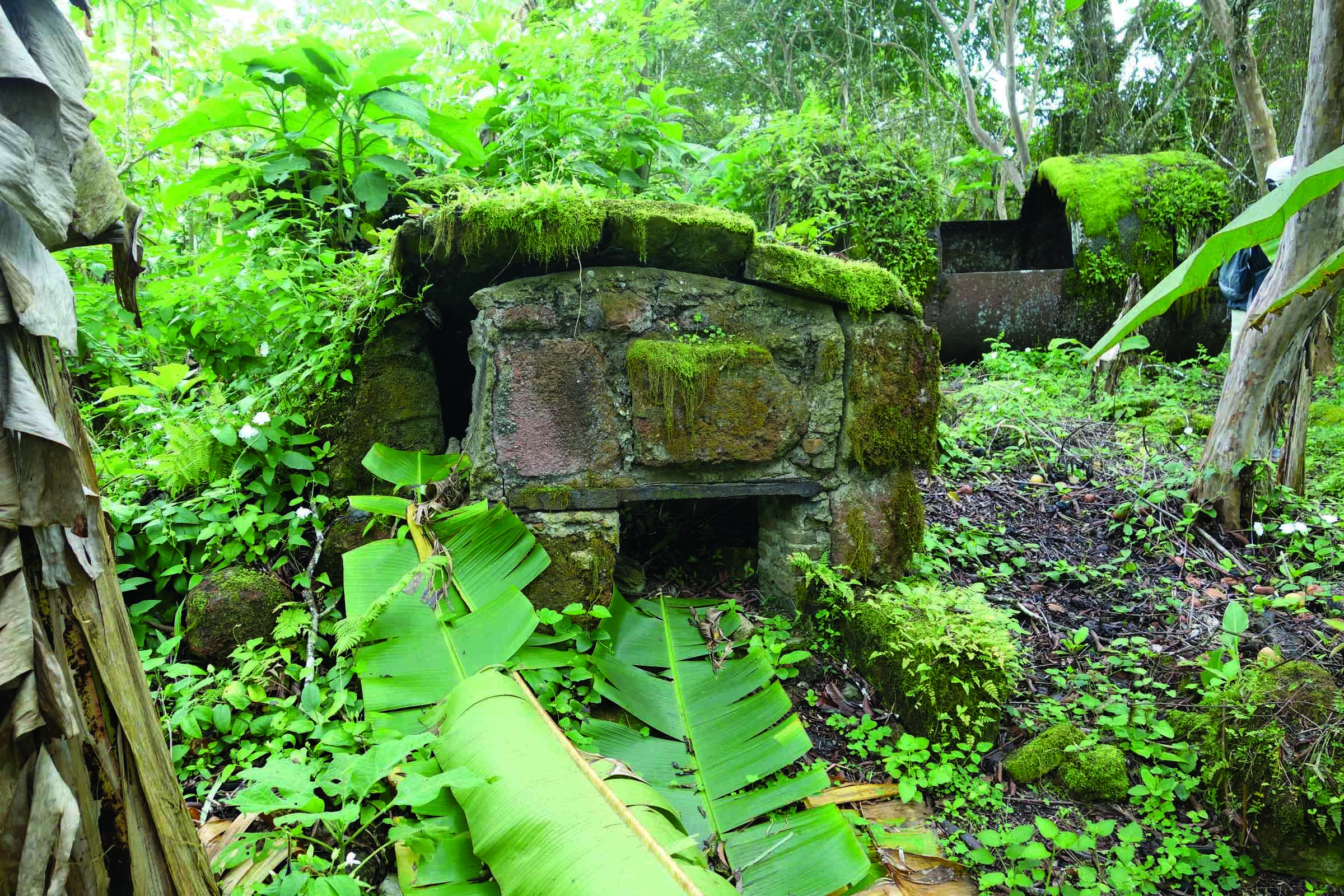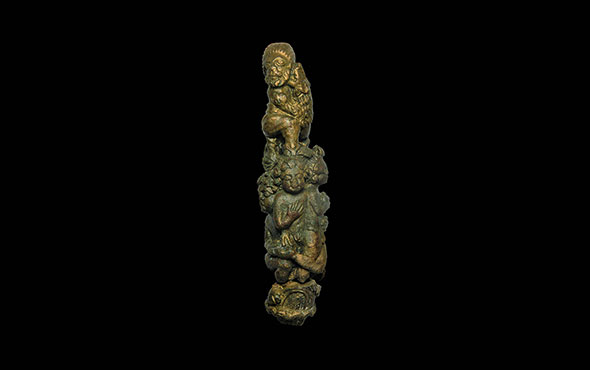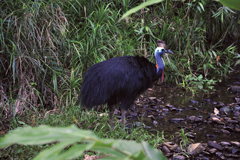
NEW GUINEA

NEW GUINEA: Thousands of years before humans domesticated chickens, hunter-gatherers in the rain forests of New Guinea may have been raising cassowaries for their meat, feathers, and bones. Analysis of eggshell fragments from 2 rock shelters, called Yuka and Kiowa, suggests that 18,000 years ago people may have been collecting eggs in the later stages of incubation from wild nests. When the chicks hatched, the huge, irascible, flightless birds would have readily imprinted on humans, who may have raised them to adulthood.
Related Content

CHINA

CHINA: Genome sequencing has revealed the surprising genetic origins of the enigmatic mummies found in the Tarim Basin. Because of the mummies’ distinctive Western appearance and clothing, researchers believed they were part of a population that migrated to the area more than 4,000 years ago, perhaps from the Eurasian steppe. But the new results show that the people were actually indigenous to the region and were direct descendants of a group known as the Ancient North Eurasians, who were thought to have largely disappeared toward the end of the last Ice Age, around 11,500 years ago.
Related Content

RUSSIA

RUSSIA: Our ancient ancestors sometimes traveled thousands of miles and braved harsh climates to secure essential resources. They even stalked woolly mammoths hundreds of miles north of the Arctic Circle. Cut marks on the bones of a mammoth on Kotelny Island indicate that a hunting party caught and butchered the beast with stone tools 26,000 years ago. This makes Kotelny the northernmost Paleolithic site ever recorded. Today the island lies 150 miles off the Siberian coast, but at the time it was connected to the mainland.
Related Content

EGYPT

EGYPT: Three huge carved ram’s heads were unearthed along an ancient Egyptian road known as the Avenue of the Sphinxes. The royal processional way, which connected the temple complexes of Karnak and Luxor, was once lined with more than 700 statues along its 1.7-mile length. These figures had the lion-shaped body of a sphinx, each topped with a ram’s head. At least one of the newly recovered sculptures was associated with the pharaoh Amenhotep III, who ruled Egypt around 3,350 years ago.
Related Content
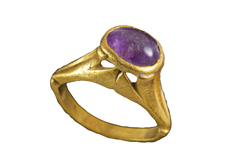
ISRAEL

ISRAEL: For as long as humans have imbibed alcohol, they have sought cures for its unpleasant aftereffects. For one person living in central Israel around 1,500 years ago, the secret remedy may have been a special piece of jewelry. A small gold-and-amethyst ring was discovered in the city of Yavne near the ruins of the largest-known winery from the Byzantine era. Experts believe the purple gemstone may have been thought to possess protective properties, including the ability to prevent hangovers.
Related Content
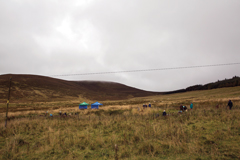
SCOTLAND

SCOTLAND: A must-visit pilgrimage site for connoisseurs of Scotch whisky was recently discovered in Upper Drumin. Less than a mile from the Glenlivet distillery, archaeologists identified glass bottle fragments and a floor belonging to the structure where Glenlivet founder George Smith first produced his esteemed liquor. Smith had been illicitly brewing his spirits in secret, but converted an old farm into a legal distillery after the Excise Act of 1823 allowed for lawful production of whisky.
Related Content

AZORES

AZORES: Viking explorers may have arrived in the Azores 700 years before the first Portuguese settlers. Scholars had thought that the island chain, which is located 900 miles off the Portuguese coast, was first discovered by Europeans in the 15th century. However, sediment analysis has shown that humans and domesticated livestock were present there between A.D. 700 and 850. Favorable climatic conditions may have allowed Norse sailors to reach the islands in the early Middle Ages.

PERU

PERU: Analysis of red paint on bones and a gold mask from a 1,000-year-old Sicán burial indicates that human blood was mixed with cinnabar and egg whites to help produce paint that would adhere to the surfaces. The 40-to-50-year-old man’s tomb was found near the Huaca Loro temple 3 decades ago, but the secret to the paint’s longevity has only recently been discovered. Researchers believe the blood symbolized the man’s life force and was meant to ensure his ritual rebirth.
Related Content

MEXICO

MEXICO: While investigating a cenote, or freshwater sinkhole, at a site called San Andrés in the Yucatán rain forest, a team of divers located a well-preserved 5-foot-long Maya canoe. The craft was hidden in an underwater cave around 15 feet below surface level. Likely dating to between A.D. 830 and 950, this is the first intact Maya canoe of its type ever recovered and was likely used by people collecting water or depositing ritual offerings into the sacred pool.
Related Content

UTAH

UTAH: Tobacco use by early inhabitants of North America may date to 9,000 years earlier than previously thought. Among the material gathered from a 12,300-year-old hearth and campsite in the Great Salt Lake Desert, archaeologists identified several charred wild tobacco seeds. These were likely remnants of plants harvested from a highland landscape several miles away. It is not yet known whether the tobacco leaves were smoked or rolled into a ball and chewed before the seeds were spit out.




